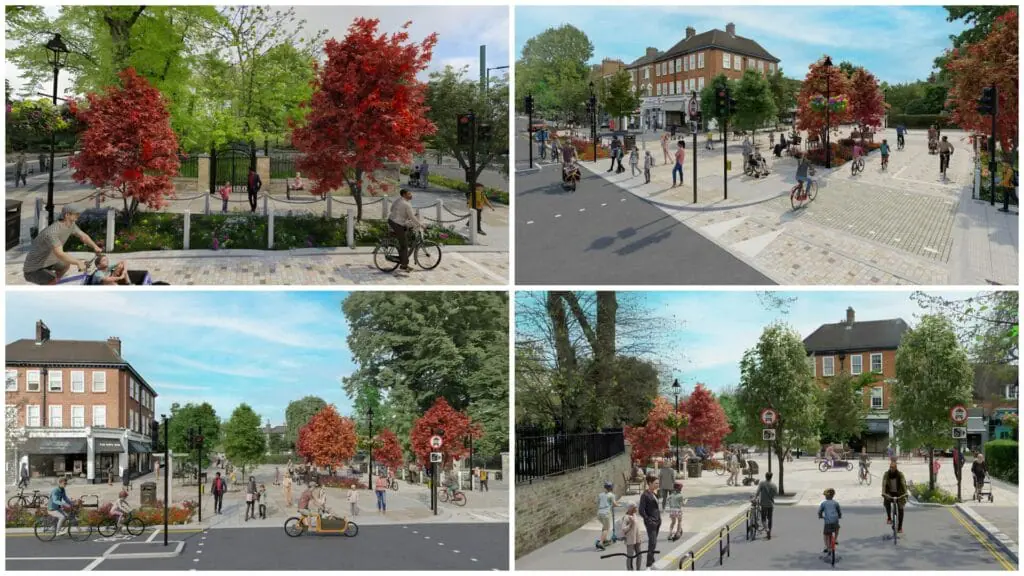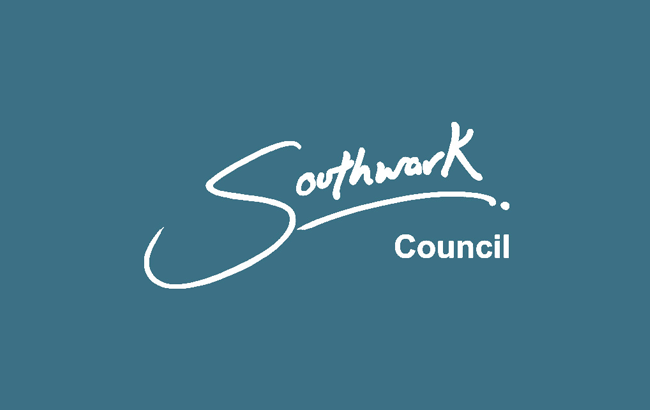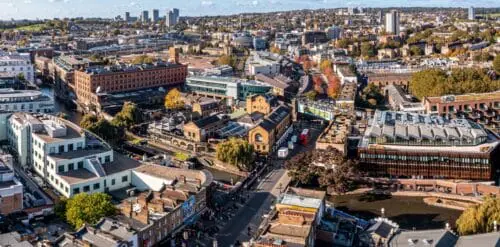Dulwich Village: Realms Improvements in the time of COVID-19

ABOUT THE PROJECT
The Covid-19 pandemic fundamentally changed people’s travel patterns, ways of living and working across the UK and Worldwide. As a result, the UK government introduced the Low Traffic Neighbourhood initiative to safeguard neighbourhoods from increases in traffic caused by public transport restrictions and to enable safe and active travel.
This initiative called for the reallocation of spaces for pedestrians to meet social distancing requirements. Southwark Council (Southwark) identified Dulwich as a priority due to receiving a very high volume of through traffic, especially during school term when it received high numbers of school pupils walking and cycling. In late June 2020, Southwark introduced the Experimental Highway Measures in Dulwich consisting of permeable road closures and installing measurements to restrict traffic. These measurements were delivered in two stages.
THE OPPORTUNITY
Following the success of the Low Traffic Neighbourhood introduced during Covid-19 and assessed through an extensive public consultation as part of the Dulwich Streetspace review, Metis-NRP had the opportunity to assist Southwark in transforming Dulwich Village. The aim was to create a pedestrian-and cyclist-friendly space, featuring improved safety measures, new traffic layouts, wider footpaths, and enhanced greening.
The feedback received from the consultation informed the proposals for the permeable road closure at the junction of Calton Avenue, Court Lane and Dulwich Village.
This closure provided the opportunity to:
- Transform Dulwich Village into a public realm space for pedestrians and cyclists
- Improve safety for pedestrians and cyclists moving through the junction
- Provide a better layout for the new traffic flows using the junction
- Improve active travel measures
- Footway widening and improved crossing facilities
See the latest visualisations of the project below. Visualisations are provided by Southwark Council.

THE SOLUTION
Our Detailed Design solution at a glance:
- Detailed site investigations.
- Construction ready design package.
- Stage 2 Road Safety Audit.
- Early Contractor Involvement.
In addition to our Detailed Design Solution, we provided Stakeholder Engagement Support for:
- Community groups including Dulwich Society.
- Local Councillors and MPs.
- Accessibility and inclusivity review groups.
Some of our innovations included:
- Change of standard footway paving.
- Departures from Southwark Streetscape Design Manual.
Upon completion of the public consultation, Metis in partnership with NRP was appointed by Southwark to provide the Outline Design, Consultation and Detailed design for the Dulwich Village Scheme.
Getting it right for the Community
Southwark provided Metis-NRP with the overall findings from the public engagement consultation, which we used to inform our design solution. We worked closely with Southwark to agree on any high-level design changes and the preferred features to be included in the new public space. We then refined the design based on comments from the public engagement and from Southwark.
Ensuring buildability
As part of the Outline Design, Metis-NRP produced the required technical drawings for the scheme in accordance with the Manual of Contract Documents for Highway Works (MCHW) and Southwark’s Streetscape Design Manual.
We undertook a swept path analysis to ensure all possible vehicle movements could be undertaken when the final scheme is implemented.
At the beginning of the design stage, we teamed up with the contractors to carry out site visits to identify early any considerations that needed to be taken for the design and buildability of the project.
Sustainable approach
Part of our solution included the incorporation of Sustainable Drainage Systems (SuDS) measures in the form of rain gardens and additional greening.
Metis-NRP partnered with Green Blue Urban to incorporate attenuation and tree root protection infrastructure to enhance the SuDS and greening features.
We also provided design assessments, such as cost estimates and carbon assessments, to reduce the project’s overall CO2 output at the detailed design stage. This was done in line with the Institution of Civil Engineers’ PAS 2080 guidance.
Our Carbon Management Assessment – Detailed Design included:
- Methodology.
- Whole-life summary for the initial phase.
- Maintenance phase.
- Performance dashboard.
In addition, we paid close attention to the choice of material for the paving of the footways. Metis chose Hawks View Sandstone as an alternative to Scoutmoor Yorkstone paving, which is more conventionally used in Heritage Areas. This choice provided the following benefits:
- Improved flexural and compressive strength compared to Scoutmoor Yorkstone.
- Reduced paving thickness, resulting in overall reduced material, carbon output, and cost.
- Appropriate slip resistance qualities.
- Aesthetically similar to Scoutmoor Yorkstone, with prominent buff tones providing a heritage appearance.
Southwark is now keen to update their Southwark Streetscape Design Manual (SSDM) to include this material for future projects.
THE OUTCOME
In line with Southwark’s streets for people objectives, the final design will provide the Dulwich community with the following improvements and benefits:
Benefits to the Communities: Larger footway area, Open space, Seating and Greening.
Journeys improvements: Improved cycle infrastructure, Cycle facilities to accommodate all users, Improved crossing facilities and Traffic signal phasing to accommodate all users.
Increase of community engagement with local amenities: Seating outside businesses, Increased opportunities for dwelling, Al-fresco dining and Parking and loading.
Environmental benefits: Increased greening and trees, SuDS implementation, Carbon reduction and Health and wellbeing.
Construction begins on the 15th of July 2024 and is scheduled to be completed on the 29th of November 2024.
Interested in learning more about our work?
Explore some of our other Metis case studies to discover our recent projects. Or, if you’re seeking an experienced and passionate civil and environmental engineering team to partner with on your next project, please get in touch with us today.
PROJECT CONTACT
Matthew Elliman
Highway Engineering Team Lead
E: info@metisconsultants.co.uk
T: 02089480249

CLIENT
Southwark Council



